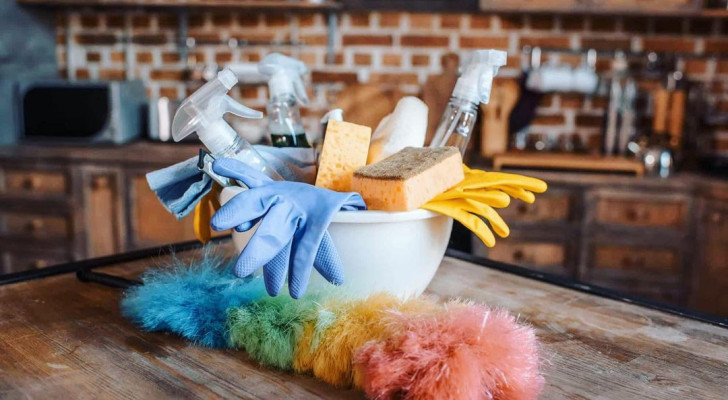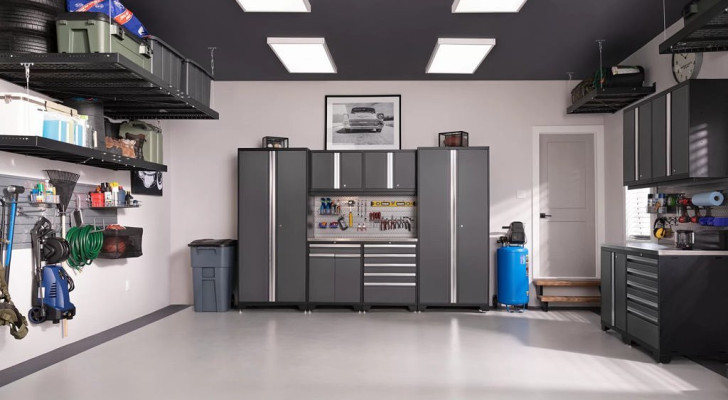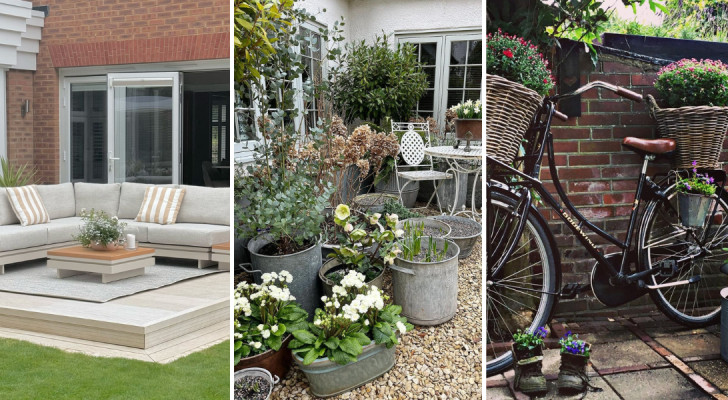Watering houseplants without making mistakes: get help from a commonly found implement
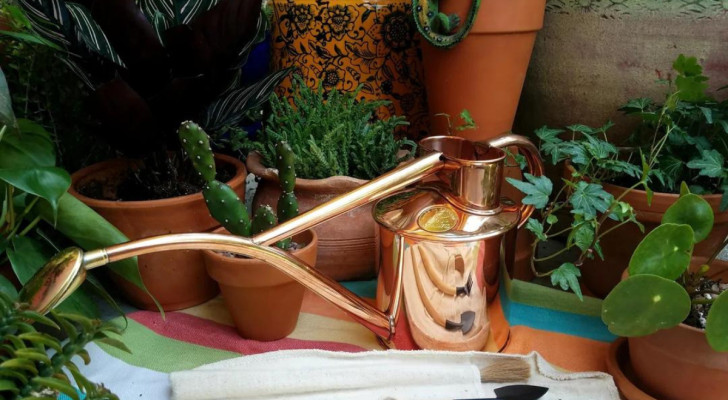
Even beginner gardeners know how important properly watering plants is: water is how plants obtain all the nutrients they need from the soil. But over- or under-watering can be damaging to your plants.
Everyone knows that under-watering plants is, by definition, bad for plants. But problems can also arise from over-watering plants. Striking the right "watering balance" can be challenging and not everyone always gets it right.
So how can you ensure you're watering your plants correctly? Well, you can get help from an implement most of us have in our homes - read on to find out more:
How to determine if your plants need water
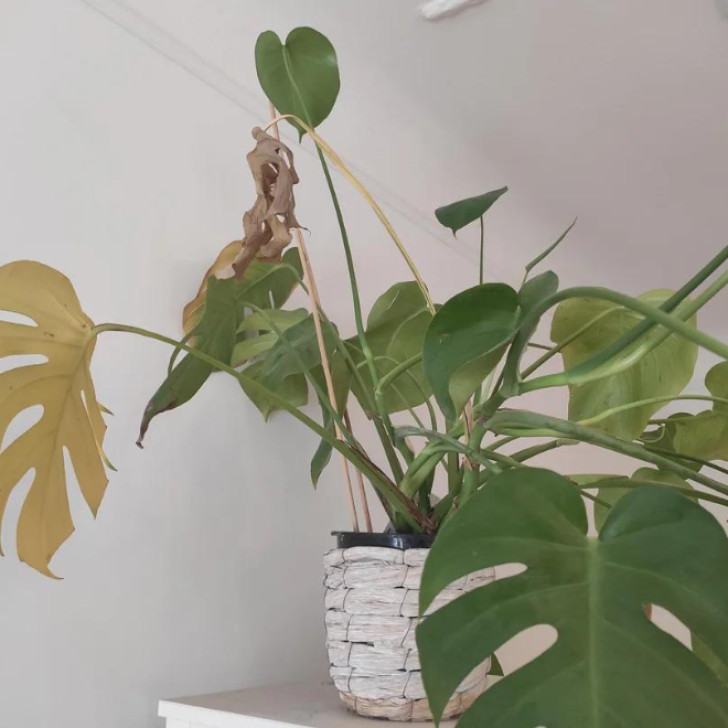
There are several methods that can be used to determine if your plants need watering:
- Observation: The first and most important method to understand if it is time to water your plants, is to pick up on the signs that the plants display. Some plant species - for example Spathiphyllum (lilies) - start to droop when they need water; cacti take on a soft and wrinkled appearance when they need watering. Additionally, there are plants that turn yellow when thirsty, like pothos (or leaves that turn brown on the tips, like bamboo).
- Weight: Another interesting way to determine if your plants need water, is to weigh them. A dry plant - with dry soil - will obviously feel much lighter when picked up than a watered plant. Get into the habit of lifting your pots to determine their weight; when they feel lighter, it's time to water them.
- Humidity probe: A more precise method involves measuring the humidity in the soil. It is usually recommended to evaluate the humidity of the soil of plants by touching the surface soil. But, while the surface can be dry, the underlaying soil could still be moist. If have a humidity probe, simply insert it into the soil next to the roots to get a quick reading. You can also make a homemade humidity probe by using a skewer or a wooden stick: insert this DIY probe into the soil next to the roots and wait 5 minutes before removing it; if the wood is dry, it's time to water your plant.
How to water your plants correctly
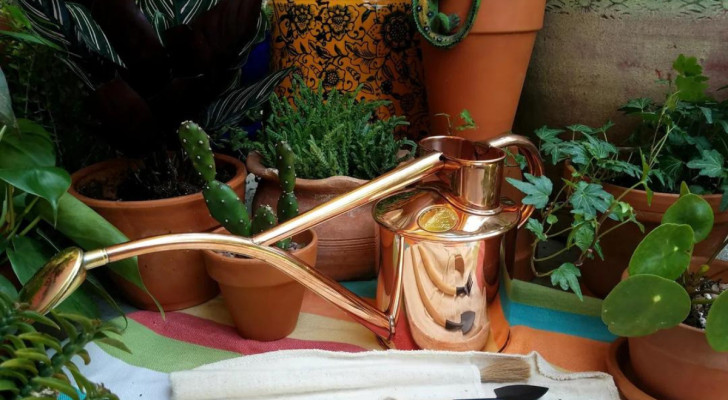
Once you have determined whether or not your plants need watering, you can proceed to water those that need it. This chore needs to be done properly too, in order not to damage your plants:
- Remember that watering frequency depends on various factors such as climatic conditions, ambient temperature, surrounding humidity levels and positioning of the plants;
- Always use water at room temperature in order to avoid "shocking" your plants;
- If you use tap water, determine its hardness and chlorine content levels, which could be harmful to some species of plants: eliminate excess chlorine by simply letting the water rest; if the problem is hardness, you could consider using a water softener (potassium chloride softeners, for example);
- Choose a time of day for watering that allows the plant to gradually lose humidity (evaporation), for example, early in the morning;
- Always water the soil at the base of the plant, being careful not to wet the leaves and stems: some plants are sensitive to humidity on their leaves (like orchids, for example), while for all plants, there is the risk that parasites and microorganisms will be able to proliferate more easily;
- Always choose to use pots with drainage holes, which will help you determine when you have given them enough water: when water starts to drip out of the holes at the bottom of the pot, you have thoroughly saturated the soil;
- For some plants, direct contact with water is not recommended (like for cacti, for example). For these plants it is best to water them from below: fill the saucers under the pots with water and their roots absorb the water slowly;
- Finally, we advise you to research your plants: all species have differing watering needs and it's best to familiarize yourself with these specific needs.
Following these guidelines, your plants will thrive!
